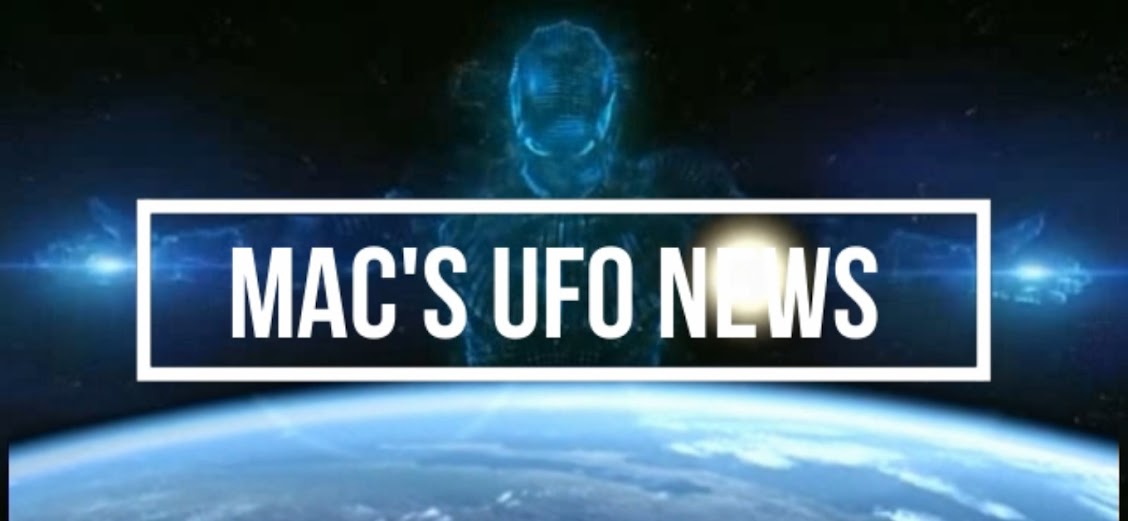 Among the many formations of unusual natural phenomenon that may form the stuff of eventual UFO reports, perhaps none of the “conventional” explanations are quite so often invoked–and often dismayed–as that of earthlight phenomenon.
Among the many formations of unusual natural phenomenon that may form the stuff of eventual UFO reports, perhaps none of the “conventional” explanations are quite so often invoked–and often dismayed–as that of earthlight phenomenon.
In the remoter regions of Hesdalen, Norway, we hear of the semi-famous Hessdalen Lights, comprised of ghostly illuminations that take to the skies over the locale for which they are named. Halfway across the world over in the heart of the Smoky Mountains, a similar phenomenon, known as the Brown Mountain Lights, has done well at becoming a defined presence among legends and ghost stories of the region.
And as you might have surmised, these aren’t the only two. Marfa, Texas has its own variety of odd earthlight phenomenon, as well as Michigan’s Paulding lights, and the similar phenomenon believed to occur further south near Oviedo, Florida. And of course, there are countless instances worth of noting that involve the ghostly “Will o’ the Wisp” in European folklore.
There are some light formations, however, that have been far less easily explained as some naturally-occurring electrical phenomenon. One of the first nationally-recognized UFO cases became known for strange formations of lights that were repeatedly seen over Lubbock, Texas, during the summer of 1951, which managed to attract the attention of Project Blue Book leader Edward J. Ruppelt, who gave his own “unabridged” version of the Lubbock Lights story in his book
The Report on Unidentified Flying Objects a few years later in 1956. Arguably, Ruppelt was the very first, and perhaps the very finest of his day, in terms of being “professional” UFO investigators… but what, precisely was the cause behind the so-called “Lubbock Lights”?
The controversy began around August 25th, 1951, when three Tech College professors observed together a strange formation of lights coasting overhead. The witnesses, Dr. A.G. Oberg, a chemical engineer, Dr. W.L. Ducker, a department head at the college and a petroleum engineer, and Dr. W.I. Robinson, who served as a geologist, were believed to be more credible than the average UFO witness, based on their backgrounds. Soon afterward, a student named Carl Hart Jr. managed to photograph what he believed were the lights, and while the veracity of the photos has been hotly disputed; while Ruppelt never stated he believed they were fake, he admitted difficulty in experiments where he and Hart had tried to recreate similar photos within the short time period Hart claimed to capture the originals.
Many others in the area would claim to see these light formation, often dull glowing lights that appeared to be oriented along the edges or bottom of some variety of chevron or horseshoe-shaped “flying wing.” And yet, perhaps the strangest mystery involved here was that which Ruppelt put forth himself: that there was indeed a natural, prosaic explanation to the entire affair, and that despite his certainty of this, he could not reveal his logic, for fear of the obvious exposure of a secret source to whom he promised anonymity:
They weren’t birds, they weren’t refracted light, but they weren’t spaceships. The lights that the professors saw–the backbone of the Lubbock Lights series–have been positively identified as a very commonplace and easily explainable natural phenomenon. It is very unfortunate that I can’t divulge exactly the way the answer was found because it is an interesting story of how a scientist set up complete instrumentation to track down the lights and how he spent several moths testing theory after theory until he finally hit upon the answer. Telling the story would lead to his identity and, in exchange for his story, I promised the man complete anonymity. But he fully convinced me that he had the answer, and after having heard hundreds of explanations of UFOs, I don’t convince easily.
Given the vague parameters of the story Ruppelt outlines here, what are we to make of this curious set of claims? Of the varieties of “commonplace and easily explainable natural phenomenon” that may qualify here, what could we consider here that could account for vivid misinterpretation of ghostly orbs flying in formation in such a way?

The first two sets of phenomenon that come to mind here might be ball lightning or Northern Lights, though the latter would be almost impossible to perceive at a location like Lubbock, Texas in August. Then again, it’s difficult to guess how the earth light alternative, let alone auroras in the southern skies, could truly qualify for being “commonplace.” In fact, it seems rather difficult to surmise any truly “commonplace and easily explainable natural phenomenon,” if it weren’t light reflecting off bird’s bellies, that could fit the bill in this instance. So what are we dealing with, then… and more importantly, what explanation could have helped Ruppelt feel assured that what the professors had seen was easily explainable? Perhaps this, rather than the potential for mysterious lights being seen at any time, will remain the biggest mystery behind the Lubbock Lights.




